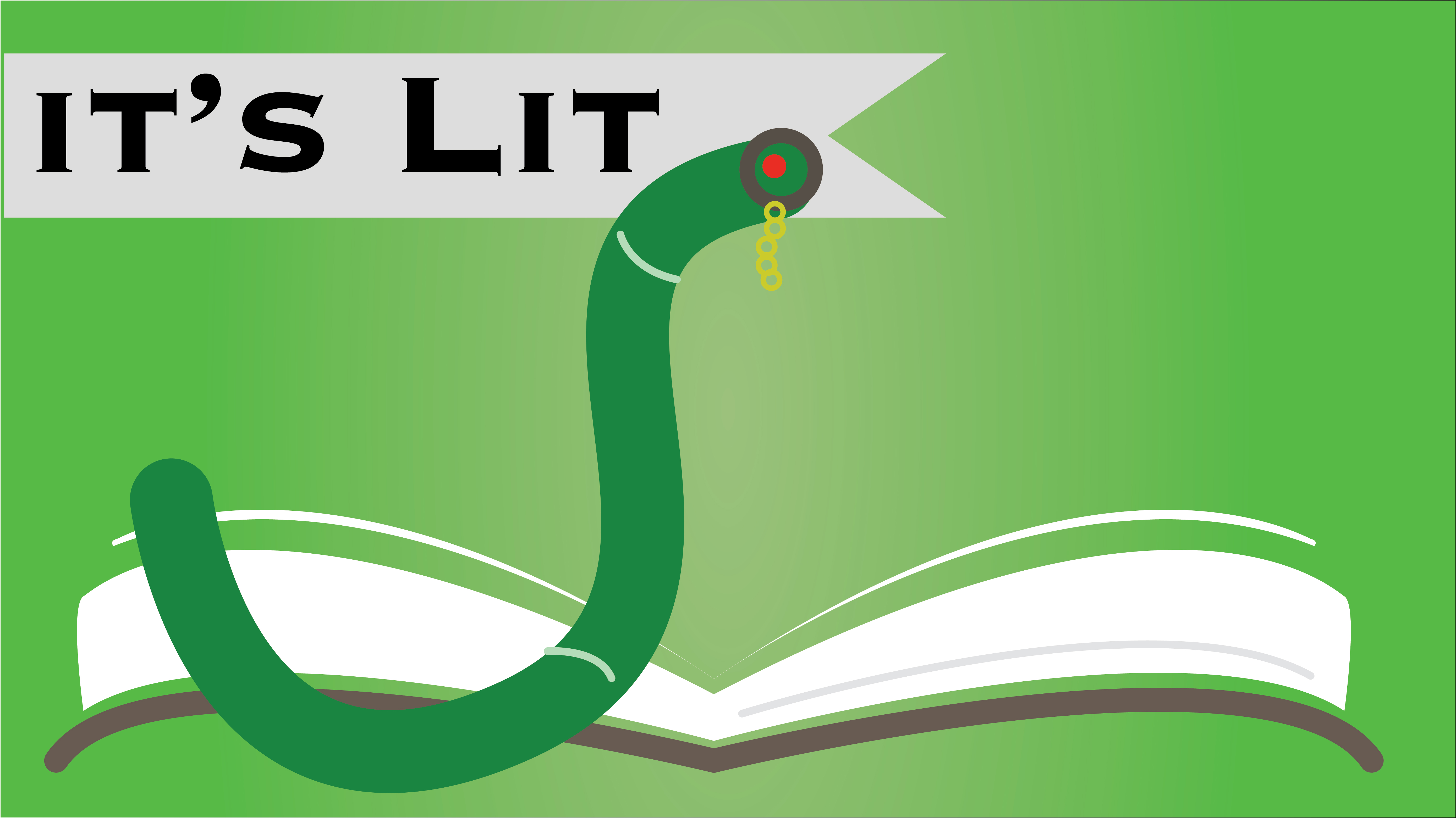
Uncovering the “All-American” boy
By: McKenna Graham, Columnist
Book: “All-American Boys”
Authors: Jason Reynolds and Brendan Kiely
Genre: Contemporary
Rating: Four stars
I waited to write this review until after the walkout on Nov. 14, because I thought I could find a way to tie the novel and the event together. This book is a conversation about systemic racism and police brutality and how a community can come together or be torn apart—either way, changed—by these things, and it is definitely relevant to the walkout’s purpose. Yet, two hours after the rally has ended, I’m still unable to put together what I want to say. I can’t just talk about the book, because it’s so much bigger than that.
This book does not tell a story. It sends a message. The writing of this story is mediocre (hence the four-star rating) and sometimes the characters sound like they’ve been written by adults who haven’t been teenagers for twenty years imagine today’s teenagers to be (which they were). There’s more than one cringe-y line thrown in, presumably in an effort to make these characters more relatable, but that’s unnecessary. The situations that these characters face are real, and maybe not every part of the story is, but this is enough.
Let me be frank here: I am white. I have never once experienced racism or police brutality or anything of the sort, but I have heard enough, from friends and from the news—story after story of Dontre Hamiltons and Eric Garners and Michael Browns. being assaulted and murdered by police officers who have evidence stacked against them and yet haven’t been charged.
One author of this novel is black; the other is white. They split the narrative, each telling the story from opposite but complementary points of view—the black kid, Rashad, gets assaulted and hospitalized. The white kid goes through a period of realization and then takes action. There is a protest at the end. I cried. But this is not a story. This is not meant to be a novel—writing is merely the vehicle by which the authors’ message is delivered: to black people and minorities, the authors say stay strong, be safe, speak up, fight back. To white people and those in positions of privilege, they say wake up and do something.
This book is not a story about police brutality. It is a message. The characters of this novel are, for the most part, two-dimensional, unmemorable (I must confess I’ve already forgotten the white kid’s name), and easily replaced. But this is the key—this isn’t lazy writing or underdeveloped characters, this is a point being made that anyone and anyone can and will be put in these positions. A lot of us are in danger, and a lot of us can do something.
One of the white kid’s best friends is the younger brother of the police officer. The white kid grows up with the officer in question as a sort of brother figure, and while he struggles to reconcile the fact that he has grown up sheltered and ignorant, Rashad struggles to reconcile the fact that he’s lucky to be alive. Two different struggles, one life-changing and the other life-threatening, coexist without becoming entangled—the book shows each position the other position’s perspective, allowing the white kid to (arguably literally) walk a mile in the black kid’s shoes.
The title of this book has a meaning that changes from the beginning to the end. One of the very first chapters we get from Quinn (I looked up the white kid’s name) has him asking himself what it means to be “all-American”—as the son of a reputable and honored military veteran, his community places on him the burden of role model. By the end of the book, we see that he has taken this burden and turned it into an opportunity, and we have the chance to wonder which of these two has been the “all-American,” or whether that idea should still exist at all.
To recap: the writing was okay, the characters were bearable and the message was phenomenal and necessary. Other than these points, I don’t have a lot to say about this book. It was a little cliché sometimes, and it tried a little too hard at other times, but for the most part it served itself well. I got the message. I’m awake. I’m doing something. Are you?


I disagree with the idea that it was not well-written. Of course it’s not going to be written like a canonical classic, it was written for young adults, specifically high school students. All of the young adults that I have talked to about this book find it extremely relatable. This isn’t a book for a college student, nor is it a book that only talks about race theory. The intent of the novel is to bring young people into the conversation of race using events and issues that they are facing now. You have to remember that students are comparing this novel to novels like Catcher in the Rye or Lord of the Flies.